Slow Food, Healthy Family
Slow Food Challenge
This might feel like a radical challenge or maybe I’m preaching to the choir, but a goal here at Birthing Freedom is to see people open up into who and what they truly are. This in turn makes the earth a more beautiful place. A relatively easy way to make positive change, feel better, and radiate goodness onto others is with food. Food feeds our body, mind and soul!
Let’s discuss diet. By diet, I don’t mean counting calories and losing weight. I mean our chosen source of daily fuel, and the vitamins and minerals we put into our bodies – especially while pregnant and growing a baby.
Food is very personal, and as a mom, I know it can often mean juggling everyone’s particular needs, wants and preferences. Even if it means making 3-4 separate meals multiple times a day! I get it, I really do. With a vegan, a meat eater, and multitude of food allergies in my home…meals can be complex! Full disclosure, as my kids get older, we rarely eat together. Because of these food differences, we have all started creating our own meals, but when they were little I was making custom meals for everyone.
Like anything, there are pros and cons to this…it is fun when we are all creating in the kitchen, even if it is making different meals, but most days, we do solo kitchen time. Everyone’s schedules are different and we don’t come together as often as we should!
Whether your family is you flying solo, the two of you, or all ten of you – making nutrient dense, high quality, whole food choices will benefit everyone!
Starting with some kitchen time together, the “Dirty Dozen” and “Clean Fifteen”, along with the concept of slow food can be a great place to start!
The “Dirty Dozen” is a shopper’s guide to pesticides in produce from the Environmental Working Group (EWG). This is a list of the 12 most pesticide contaminated produce and a list of the 15 cleanest produce. The data below comes from the USDA and FDA. The following lists are directly from the EWG:
A total of 210 pesticides were found on the “Dirty Dozen” items:
Strawberries
Spinach
Kale, collard, and mustard greens
Peaches
Pears
Nectarines
Apples
Grapes
Bell and hot peppers
Cherries
Blueberries
Green beans
These 15 items had the lowest amounts of pesticide residues, according to EWG’s analysis of the most recent USDA data:
Avocados
Sweet corn
Pineapple
Onions
Papaya
Sweet peas (frozen)
Asparagus
Honeydew melon
Kiwi
Cabbage
Mushrooms
Mangos
Sweet potatoes
Watermelon
Carrots
See the full list of all Shopper’s Guide fruits and vegetables. What does this actually mean?
When possible and if it’s accessible to you, try to buy foods from the “Dirty Dozen” list only if they are organic. You can absolutely still eat these foods, just be more conscious of their sourcing; washing and peeling can also help reduce the amount of pesticides. We have established that organic is the preferred choice for the planet but it is not accessible to everyone. Foods on the “Clean Fifteen'' list don't necessarily need to be organic.
Slow food is a concept of back to basics, from a time when packaged and convenience foods were a novelty, not a staple. Basic, simple whole food ingredients. Shopping the “perimeter” of the grocery store and avoiding the middle isles where the packaged and processed foods are displayed can really help as a guide. Think whole natural grains, unprocessed meats, fruits, vegetables, nuts and seeds, prepared from scratch and cooked slowly with intention. I am challenging my family and yours to slow down, make the effort to share more time and meals together keeping the nutrient dense, low pesticide foods in mind.
Slow food made with love tastes better!
If we can learn to work as a family unit when the kids are small to create healthier, communal meals, made with love and commitment, this concept can continue to grow with them into the young adult years. This challenge will benefit our families and it will also benefit those outside of our immediate family. We will be healthier and happier – both physically and emotionally, body, mind and soul. This in turn will trickle down and inspire others.
I challenge you and your family to create a common group meal together, something everyone can eat. Do it for one night, one week, or a lifetime.
With Love,
Angela
Our vision is to provide an informative and holistic change in the way birth is experienced by families around the world. We aim to prepare families in body, mind, and spirit for a healthy pregnancy and empowered birth experience.
Download Our Free Guide to Pregnancy NutritionMeet the Author
Angela Rennie, RM, RYT, Spiritual Mentor, Holistic Nutritionist
Angela is the founder of Birthing Freedom, a holistic birth education curriculum and course that encompasses the whole person: body, mind, and spirit. 























